Refine search
Actions for selected content:
3430 results in Popular science
Preface
-
- Book:
- The Computing Universe
- Published online:
- 05 December 2014
- Print publication:
- 08 December 2014, pp vii-x
-
- Chapter
- Export citation
How to read this book
-
- Book:
- The Computing Universe
- Published online:
- 05 December 2014
- Print publication:
- 08 December 2014, pp 365-366
-
- Chapter
- Export citation
9 - Computer games
-
- Book:
- The Computing Universe
- Published online:
- 05 December 2014
- Print publication:
- 08 December 2014, pp 174-191
-
- Chapter
- Export citation
10 - Licklider’s Intergalactic Computer Network
-
- Book:
- The Computing Universe
- Published online:
- 05 December 2014
- Print publication:
- 08 December 2014, pp 192-219
-
- Chapter
- Export citation
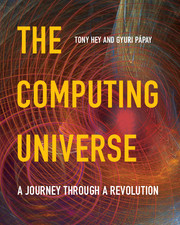
The Computing Universe
- A Journey through a Revolution
-
- Published online:
- 05 December 2014
- Print publication:
- 08 December 2014

A Naturalist's Sojourn in Jamaica
-
- Published online:
- 05 October 2014
- Print publication:
- 31 October 2013

Great Artists and Great Anatomists
- A Biographical and Philosophical Study
-
- Published online:
- 05 October 2014
- Print publication:
- 16 October 2013

Sundials and Roses of Yesterday
- Garden Delights Which Are Here Displayed in Every Truth and Are Moreover Regarded as Emblems
-
- Published online:
- 05 October 2014
- Print publication:
- 19 September 2013
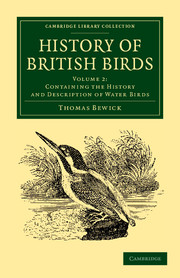
History of British Birds
-
- Published online:
- 05 October 2014
- Print publication:
- 05 September 2013

The New Practical Window Gardener
- Being Practical Directions for the Cultivation of Flowering and Foliage Plants in Windows and Glazed Cases, and the Arrangement of Plants and Flowers for the Embellishment of the Household
-
- Published online:
- 05 October 2014
- Print publication:
- 04 July 2013
- First published in:
- 1877
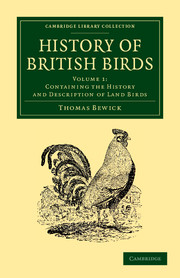
History of British Birds
-
- Published online:
- 05 October 2014
- Print publication:
- 05 September 2013
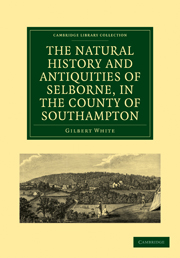
The Natural History and Antiquities of Selborne, in the County of Southampton
-
- Published online:
- 05 September 2014
- Print publication:
- 02 June 2011
- First published in:
- 1789
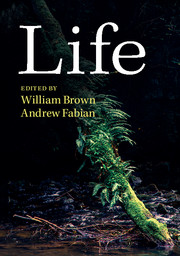
Life
-
- Published online:
- 05 September 2014
- Print publication:
- 04 September 2014
5 - Life in conflict: soldier, surgeon, photographer, fly*
-
-
- Book:
- Life
- Published online:
- 05 September 2014
- Print publication:
- 04 September 2014, pp 84-95
-
- Chapter
- Export citation
Frontmatter
-
- Book:
- Life
- Published online:
- 05 September 2014
- Print publication:
- 04 September 2014, pp i-vi
-
- Chapter
- Export citation
2 - The spark of life
-
-
- Book:
- Life
- Published online:
- 05 September 2014
- Print publication:
- 04 September 2014, pp 24-39
-
- Chapter
- Export citation
1 - Life and death of a cell
-
-
- Book:
- Life
- Published online:
- 05 September 2014
- Print publication:
- 04 September 2014, pp 1-23
-
- Chapter
- Export citation
6 - Life in the ancient world*
-
-
- Book:
- Life
- Published online:
- 05 September 2014
- Print publication:
- 04 September 2014, pp 96-123
-
- Chapter
- Export citation
8 - The after-life*
-
-
- Book:
- Life
- Published online:
- 05 September 2014
- Print publication:
- 04 September 2014, pp 147-165
-
- Chapter
- Export citation
7 - Life in ruins*
-
-
- Book:
- Life
- Published online:
- 05 September 2014
- Print publication:
- 04 September 2014, pp 124-146
-
- Chapter
-
- You have access
- Export citation
